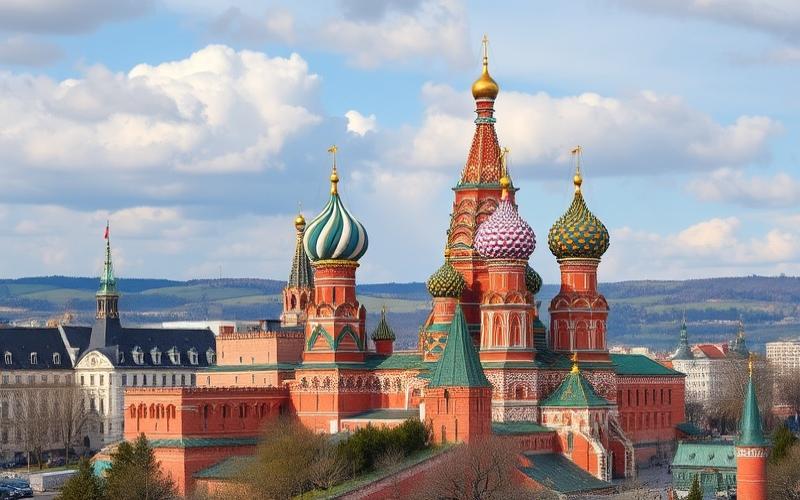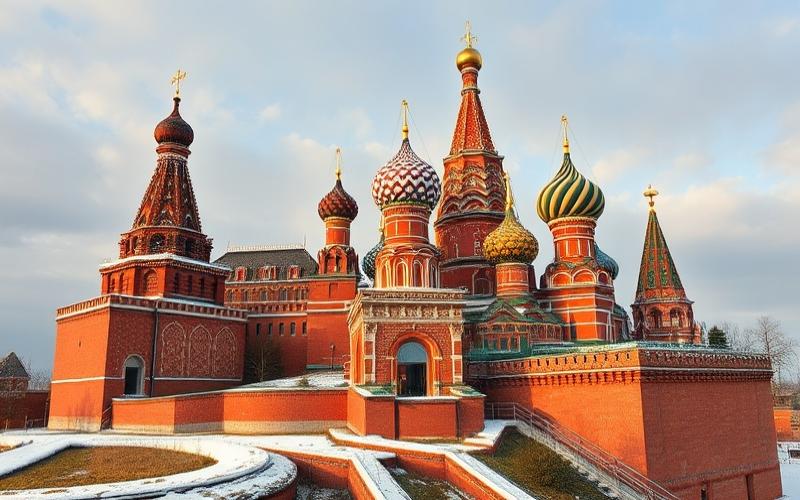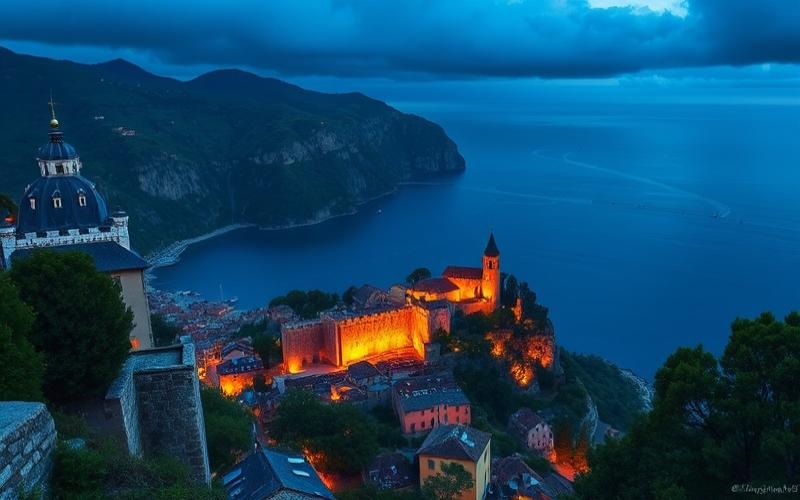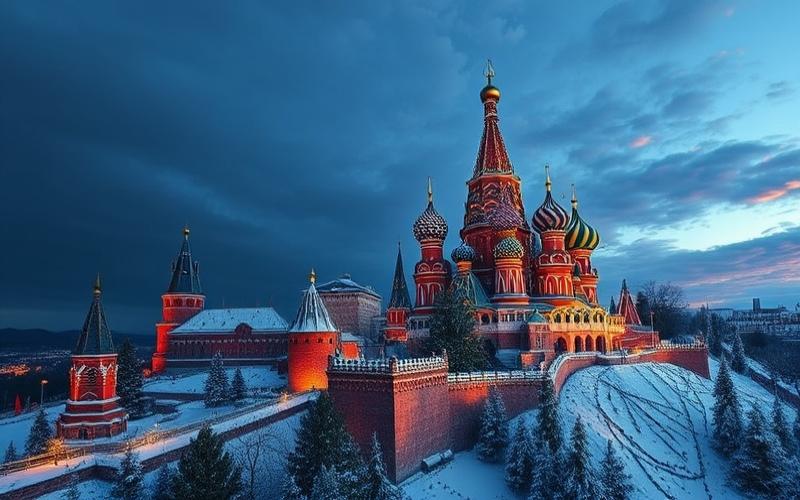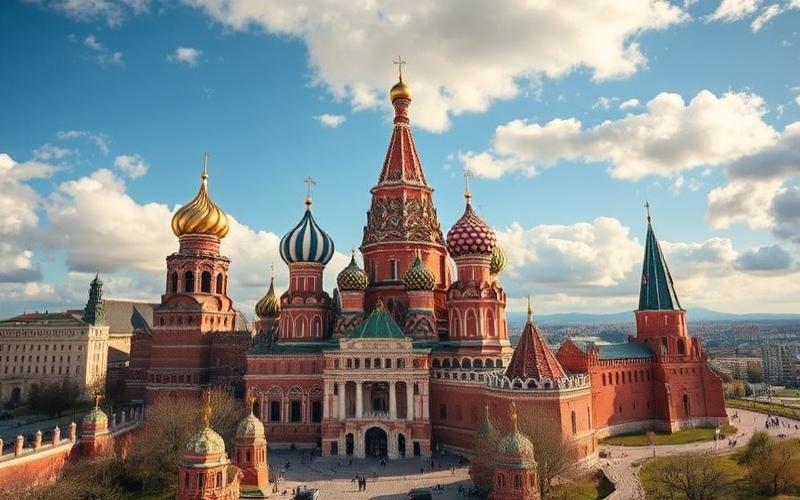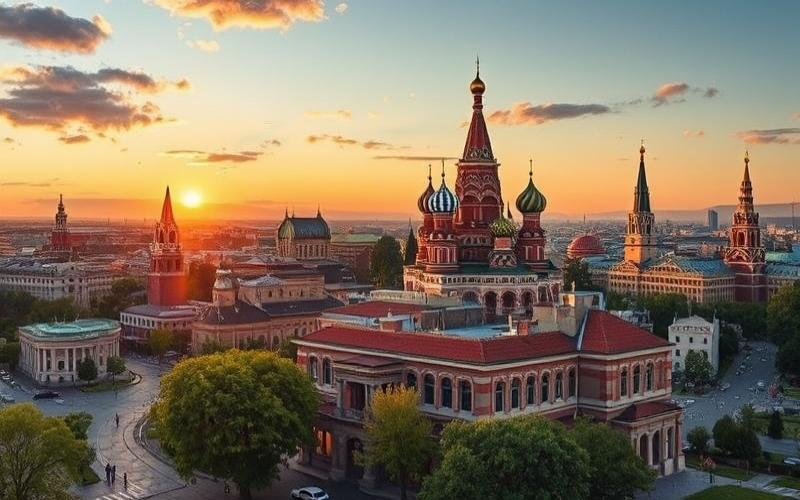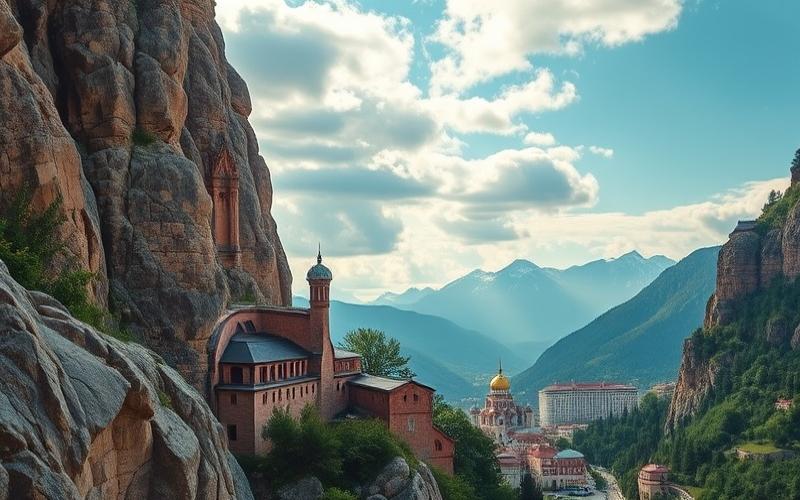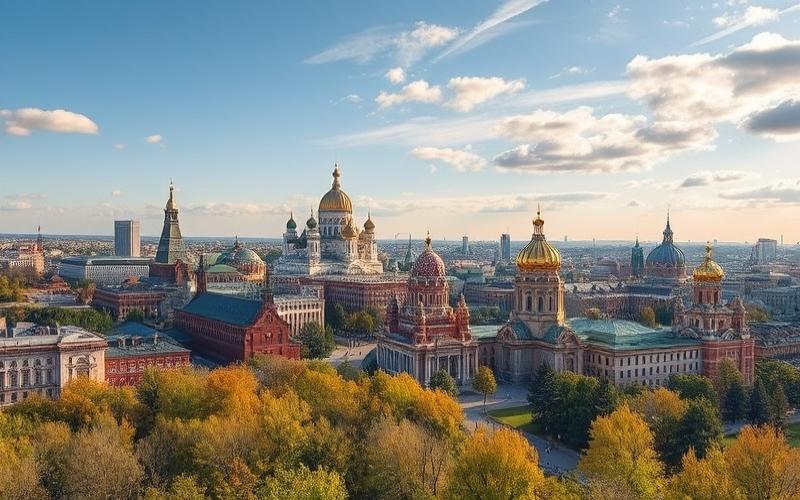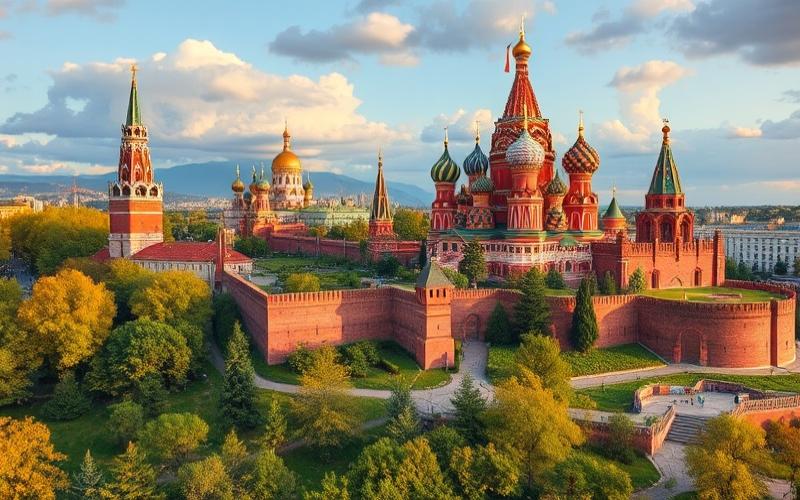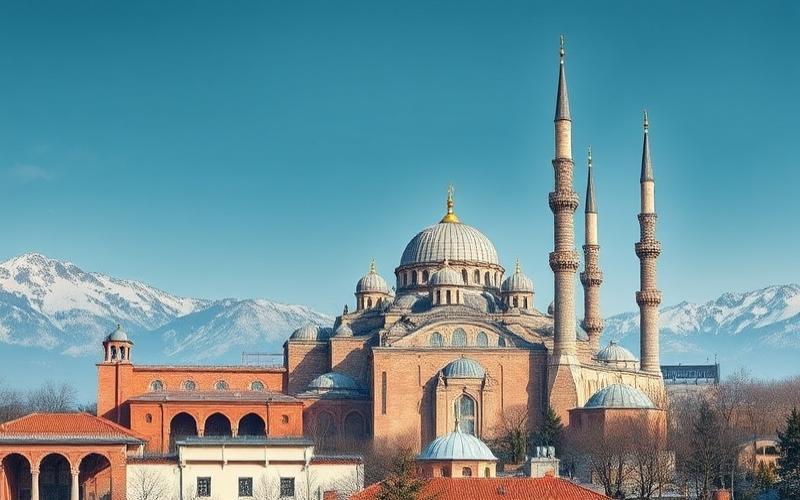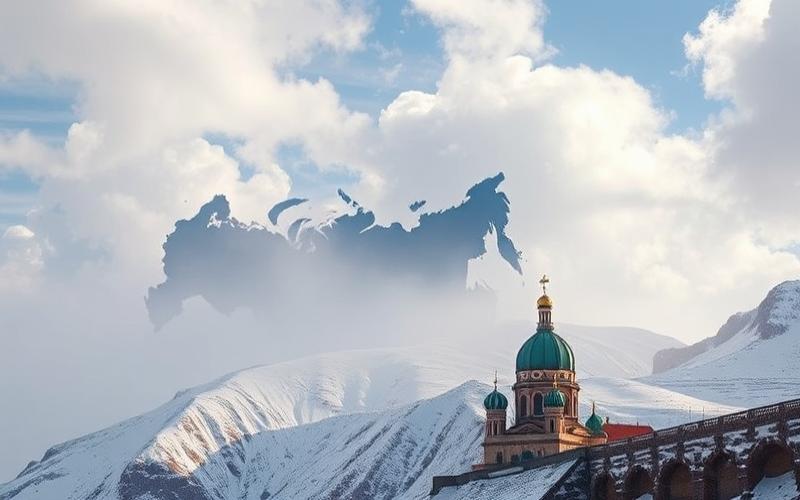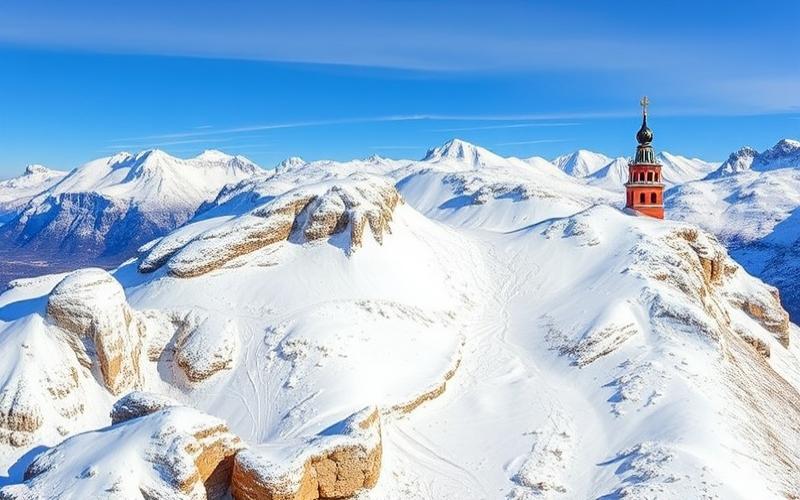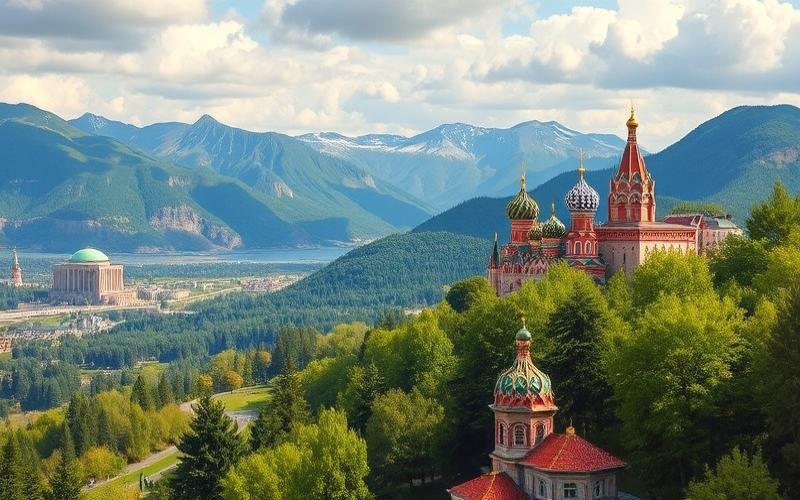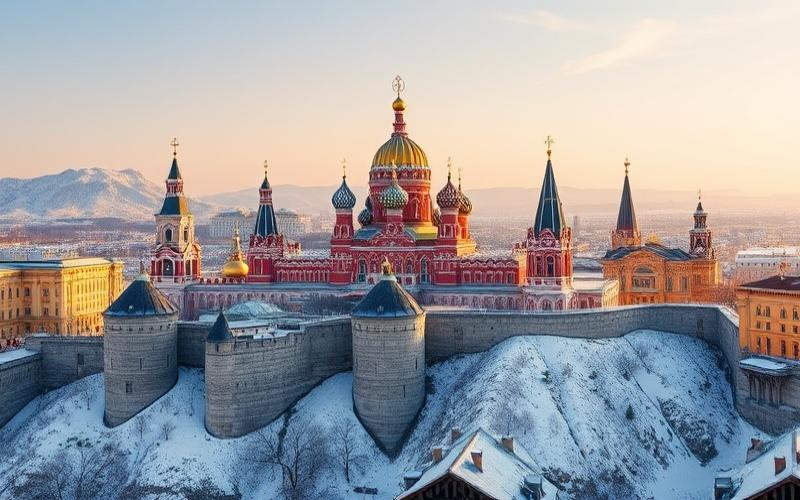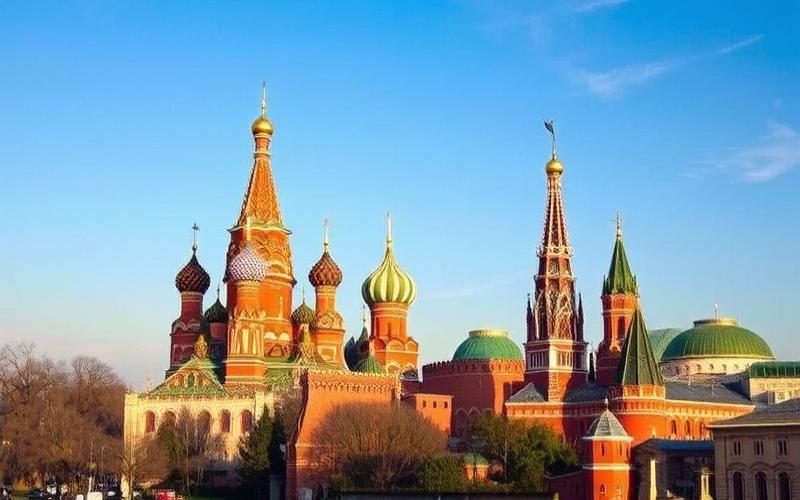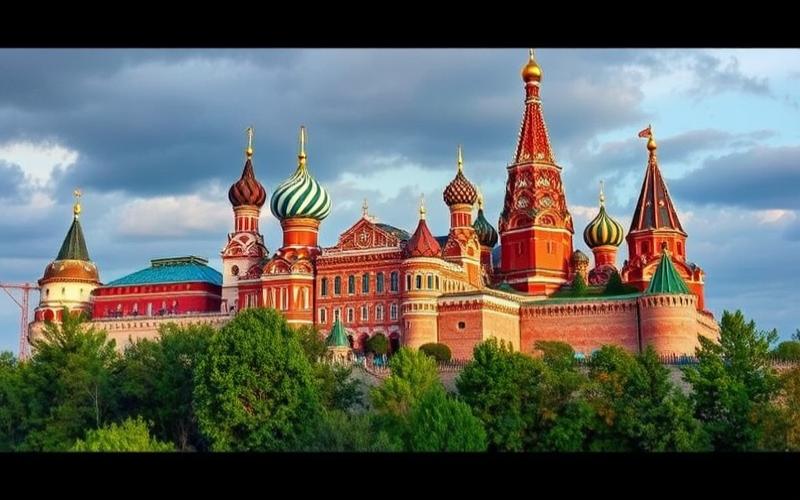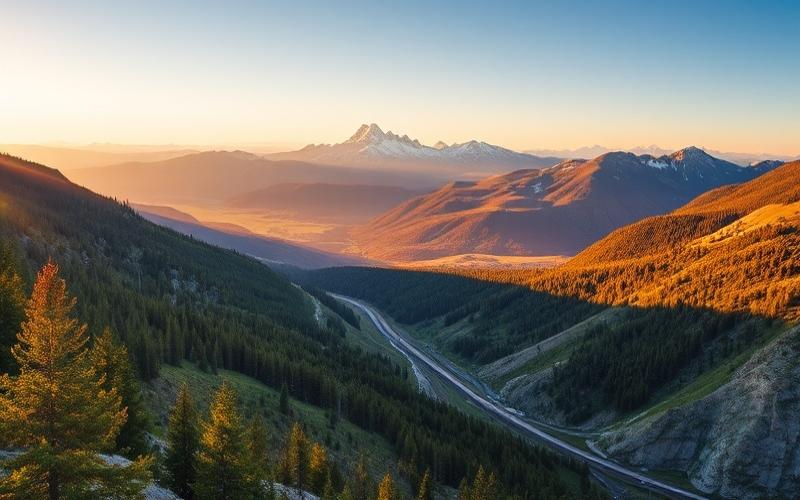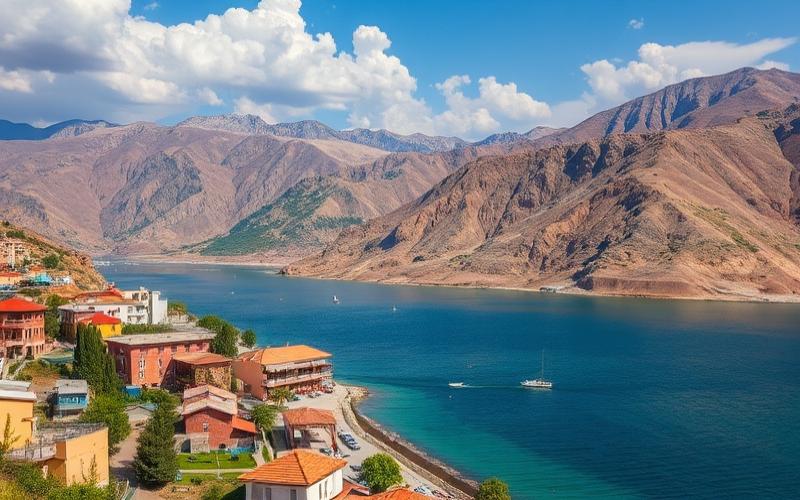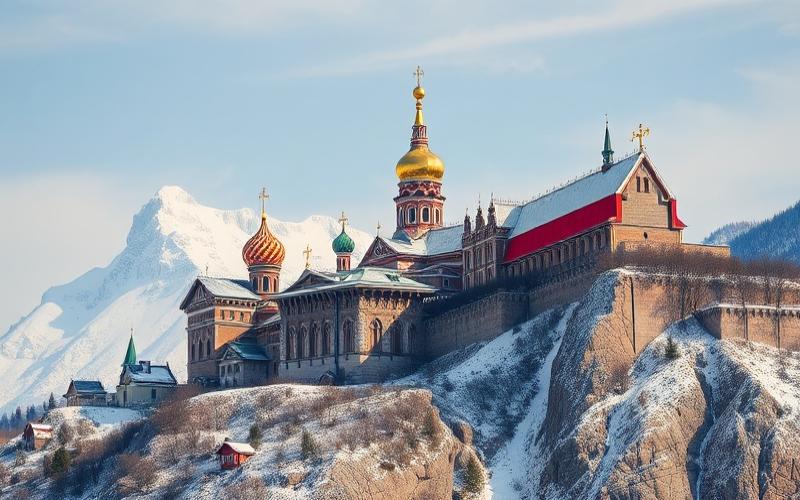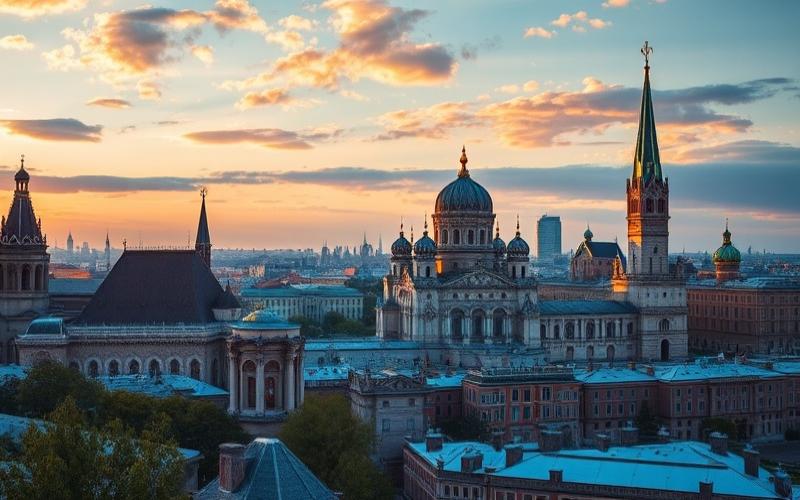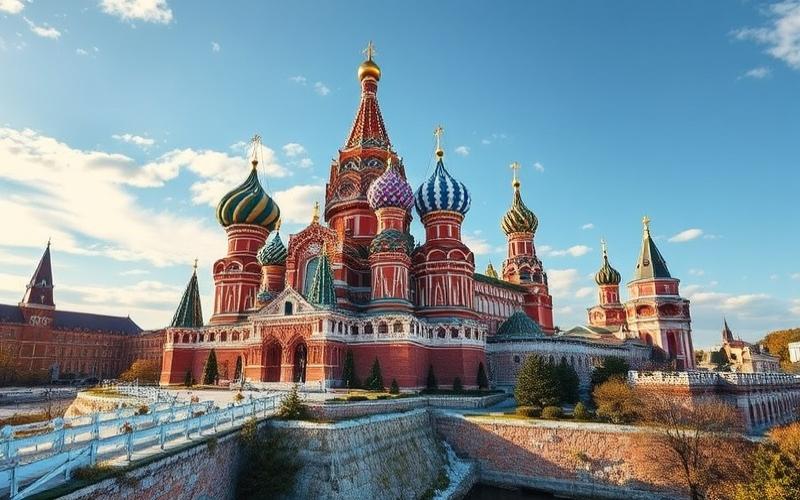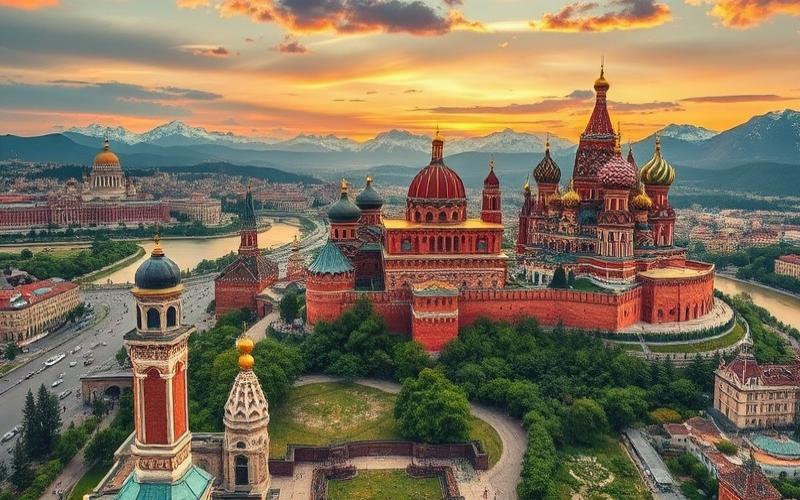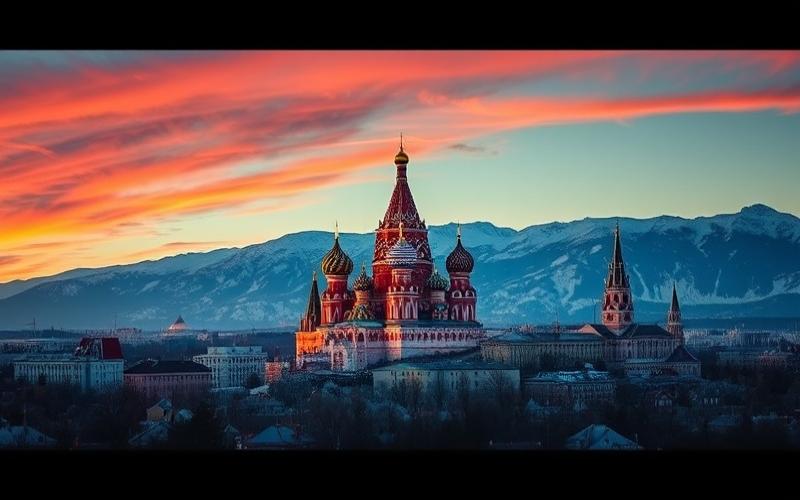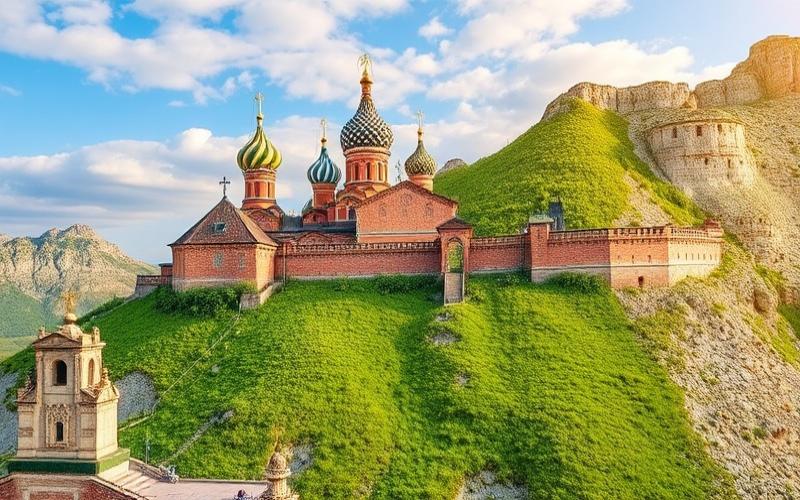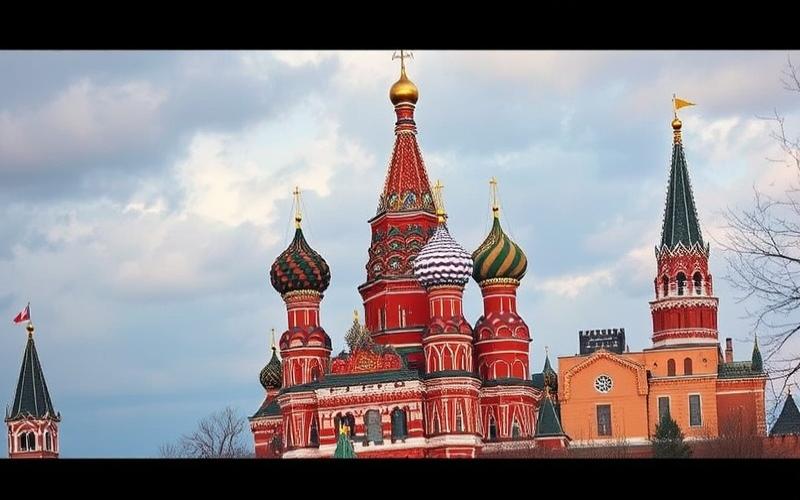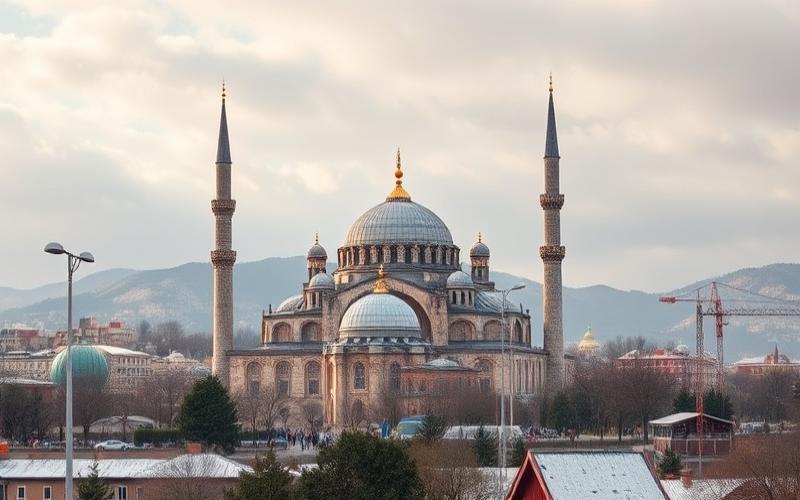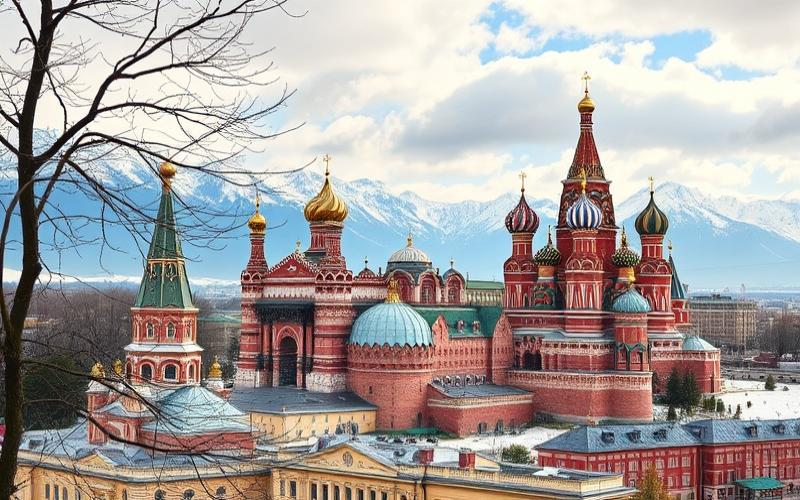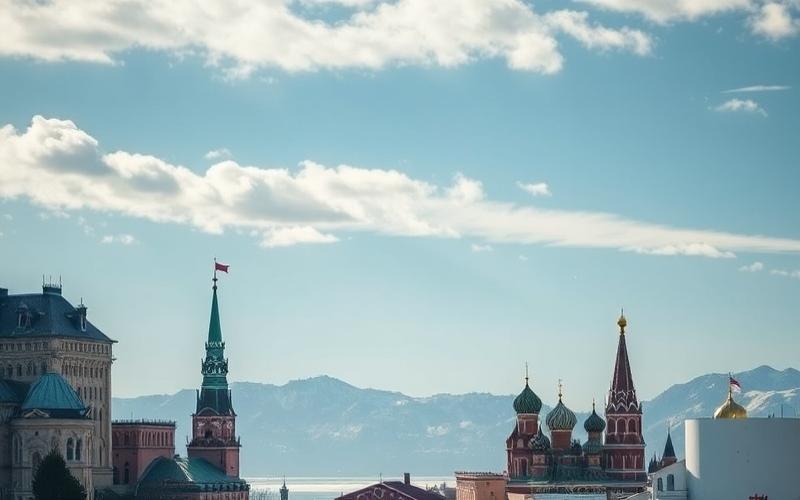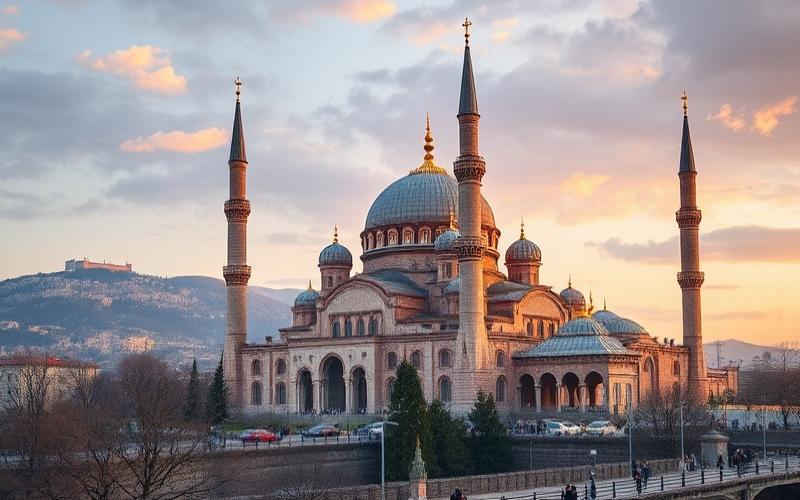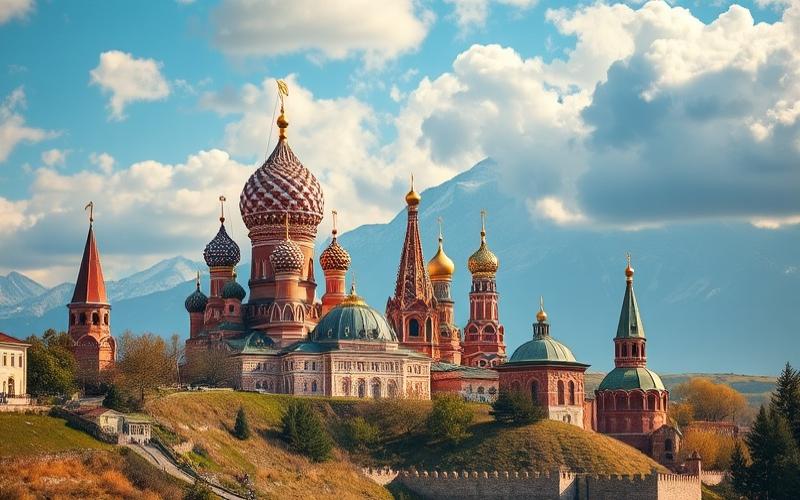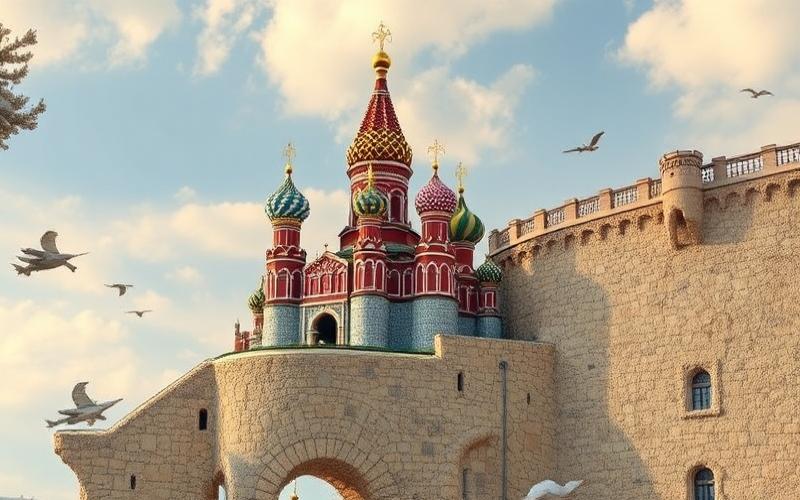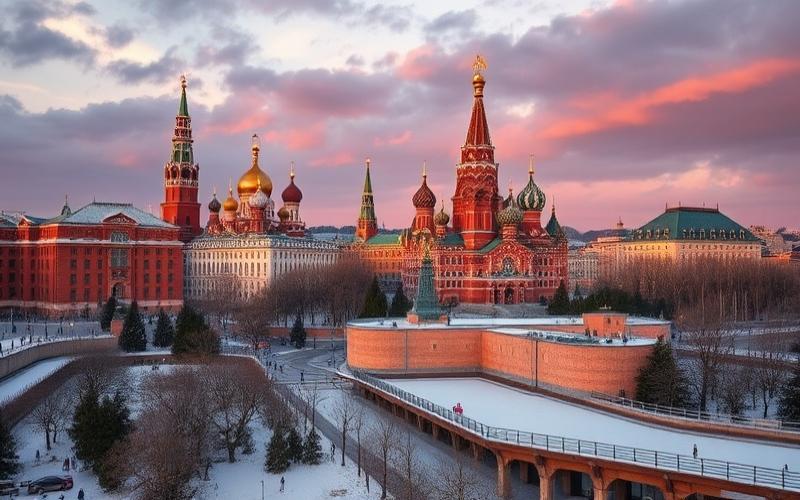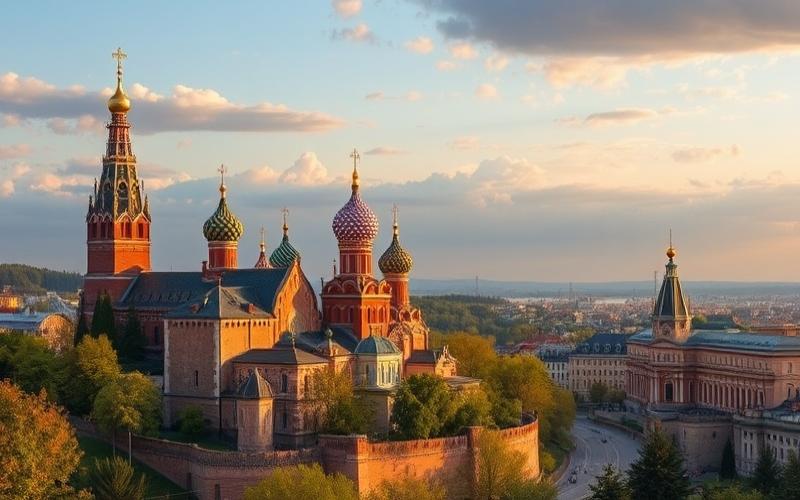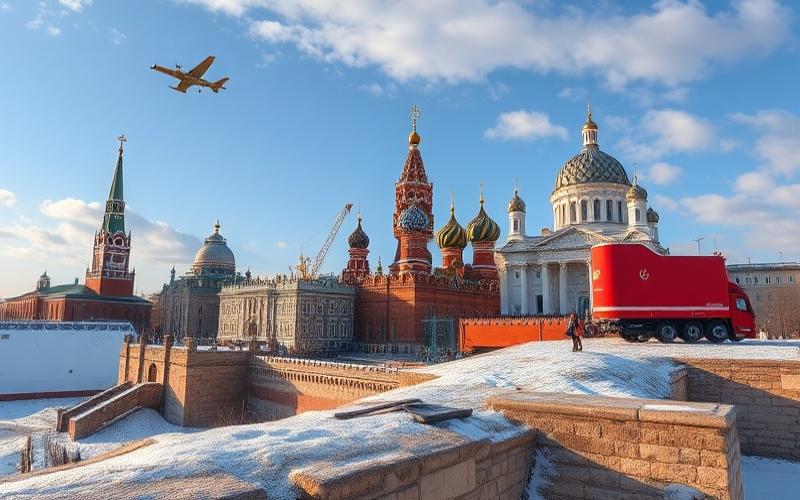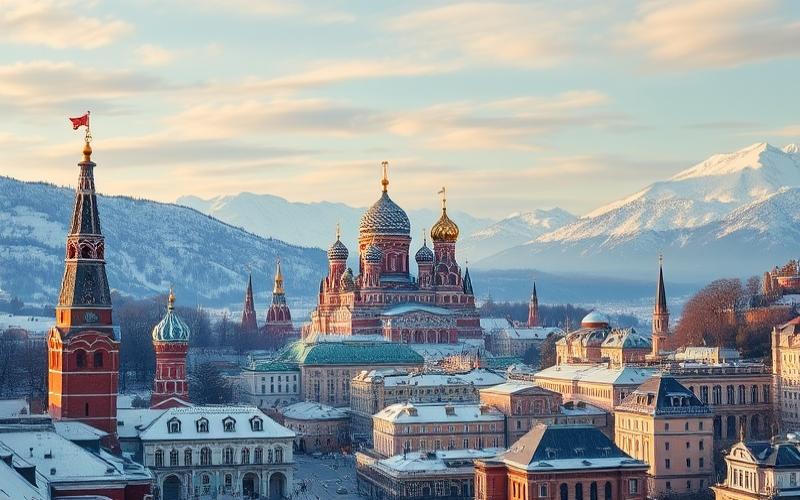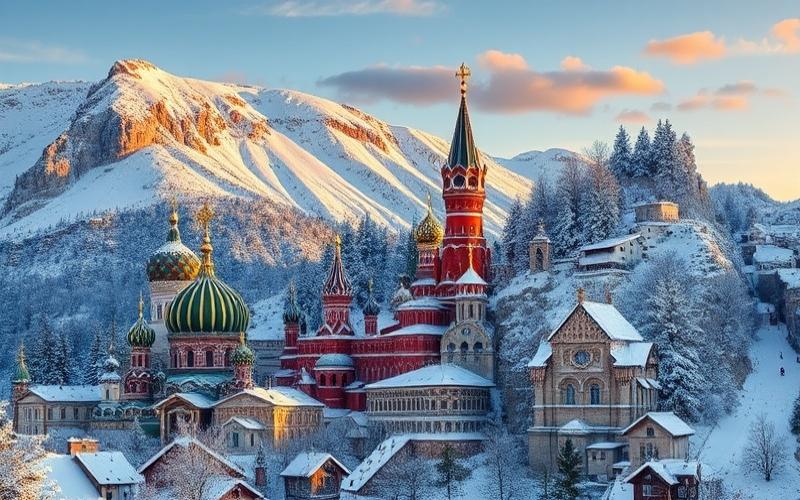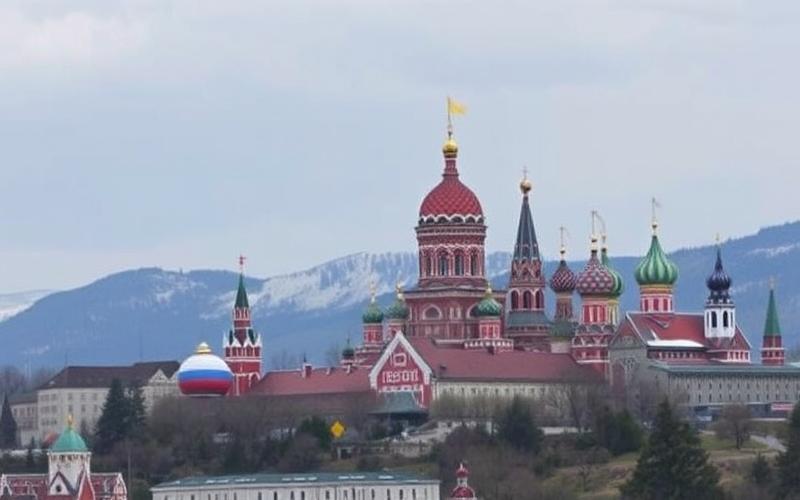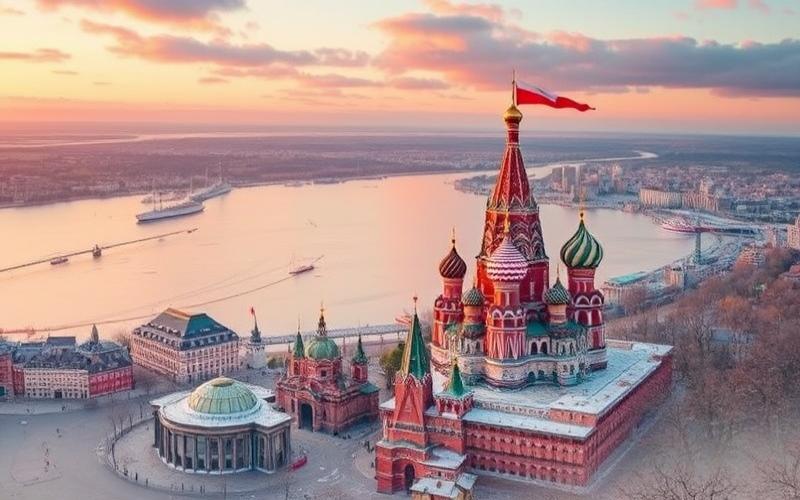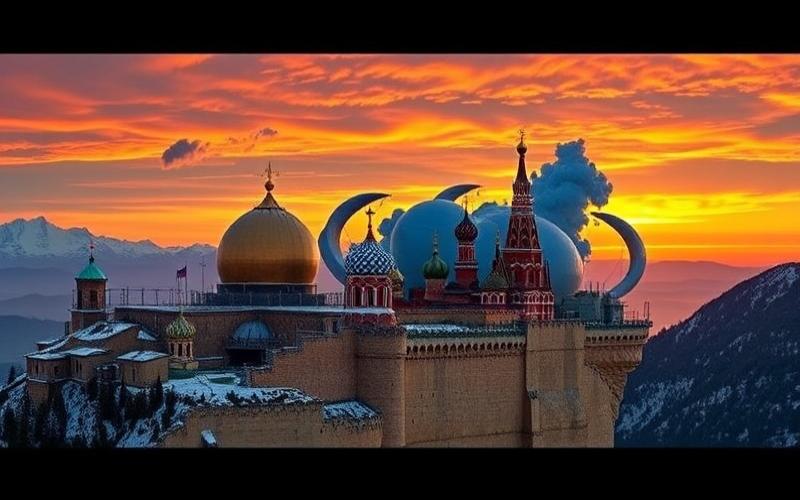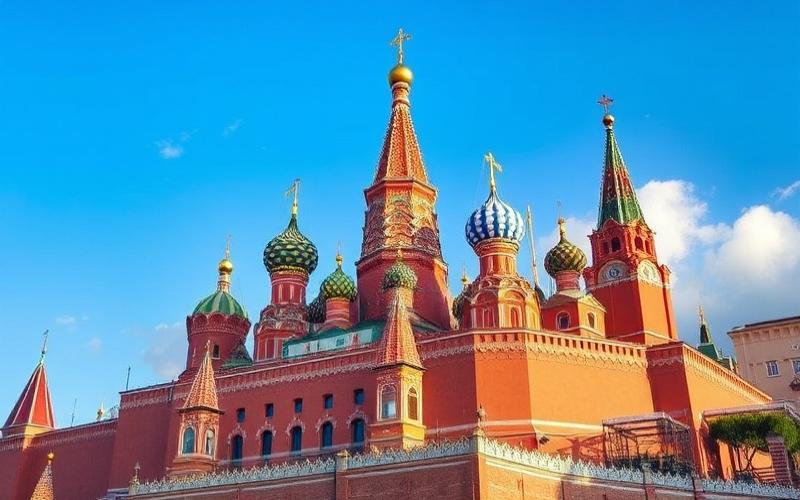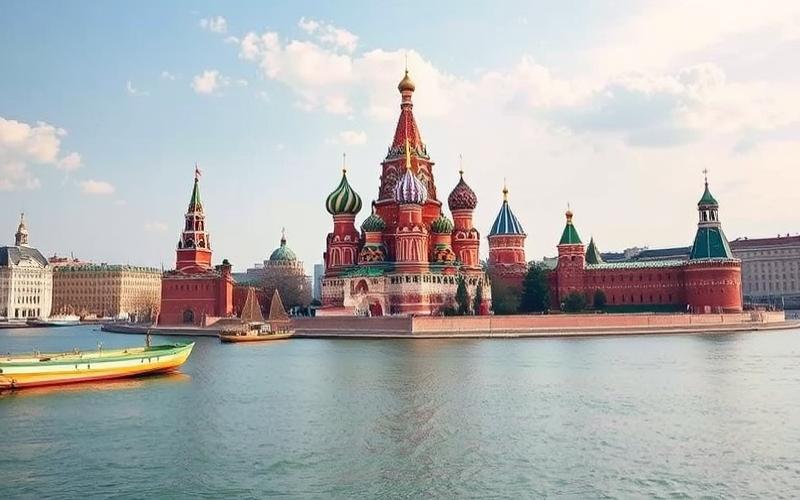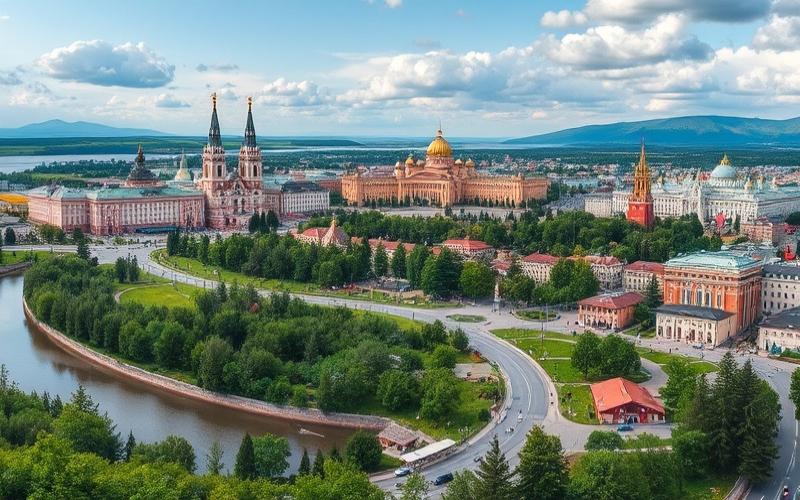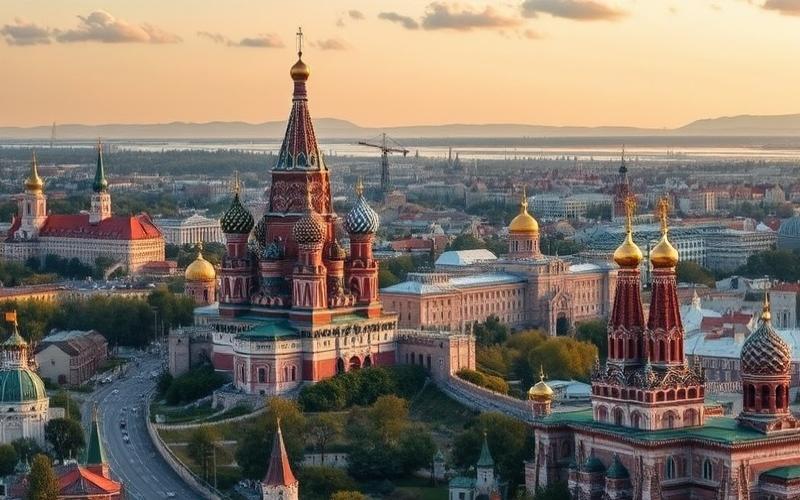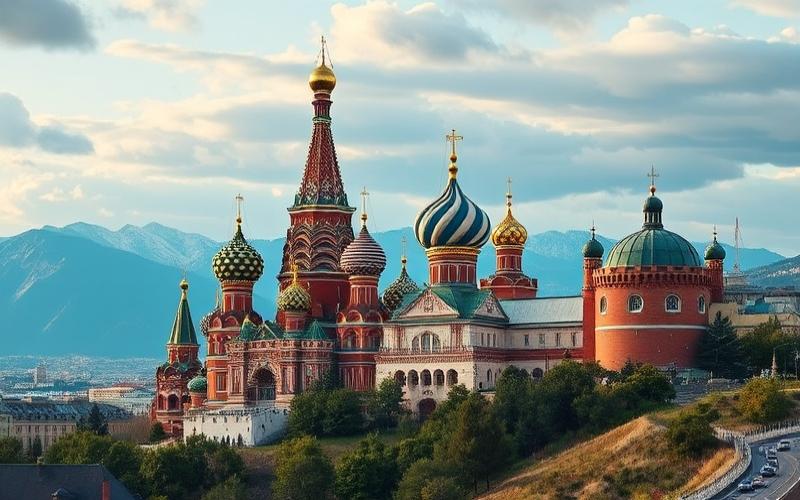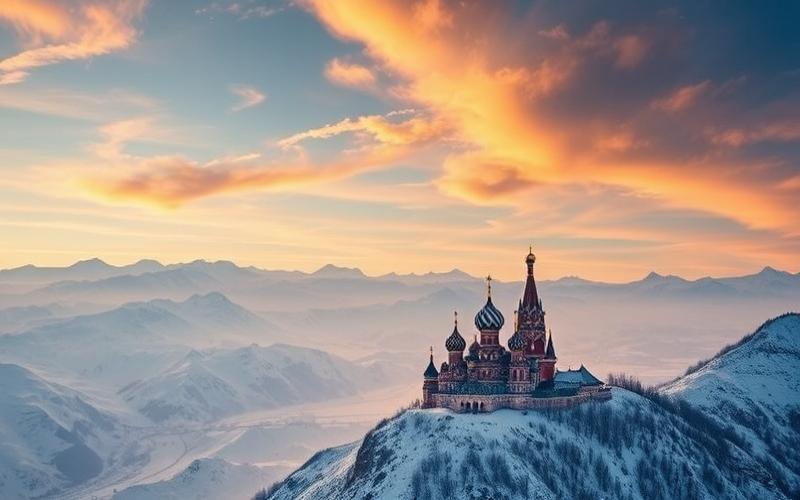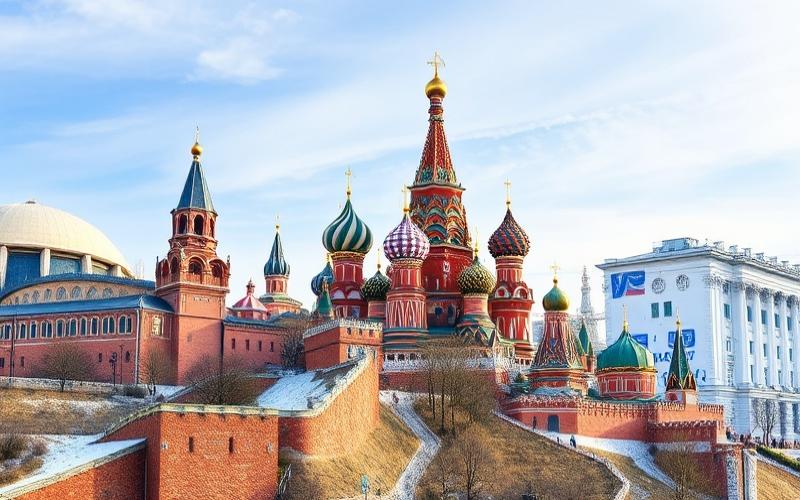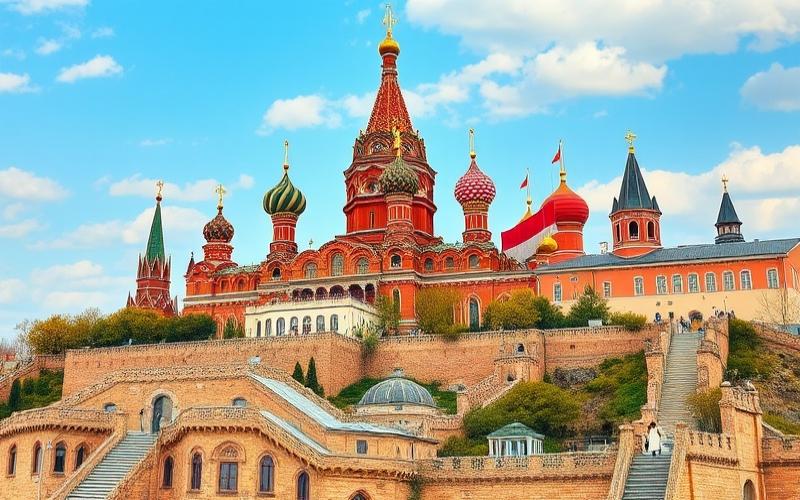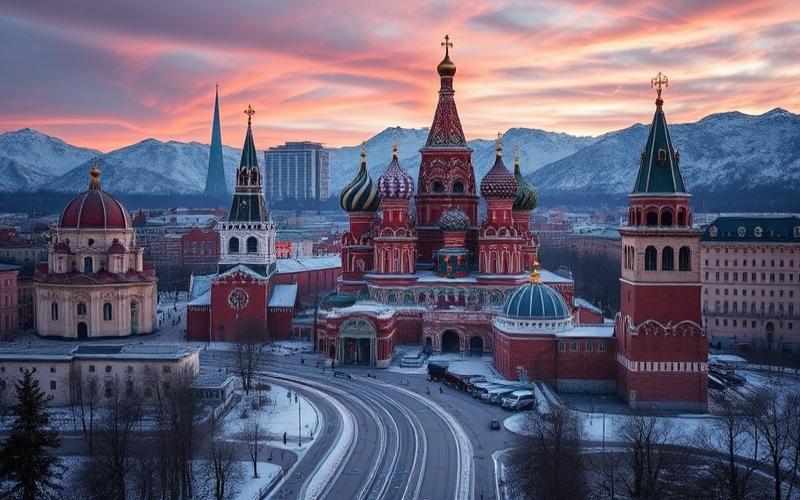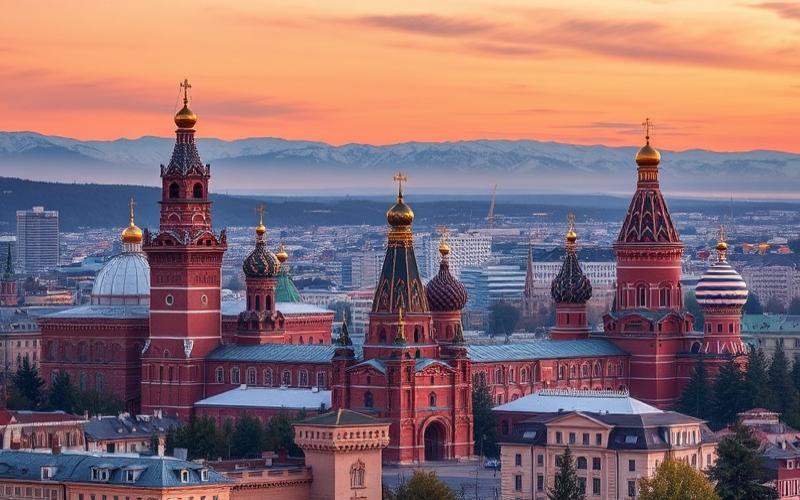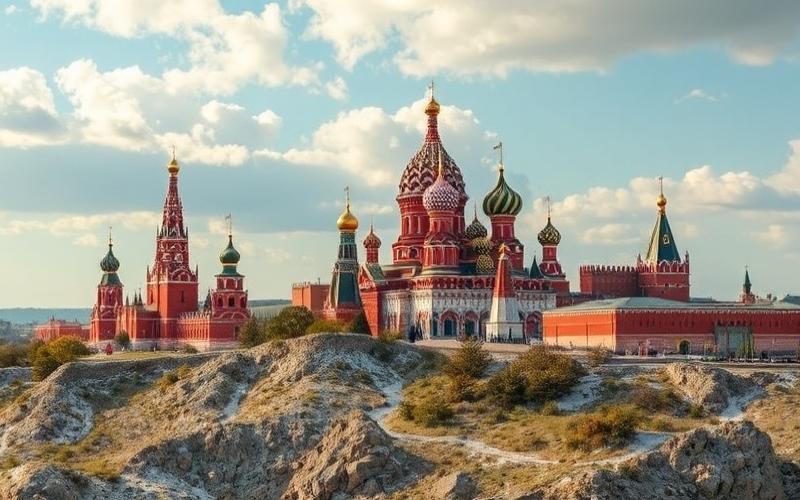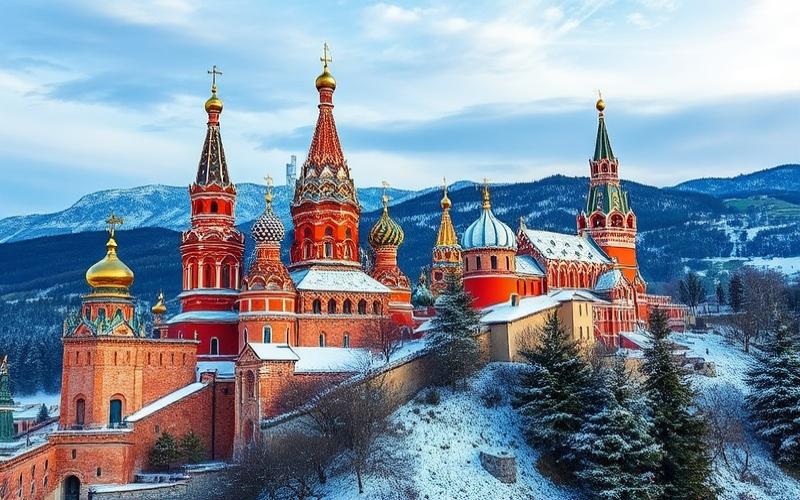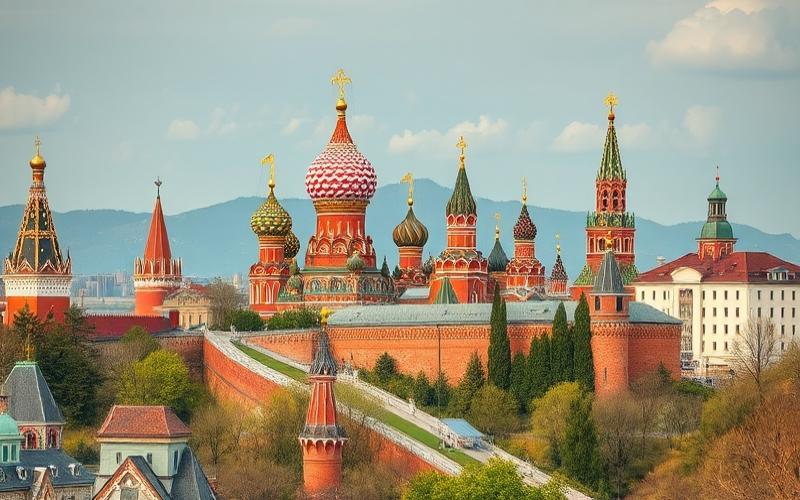
 Published on and written by Cyril Jarnias
Published on and written by Cyril Jarnias
Russia, a land of cultural contrasts and rich history, harbors a vibrant artistic life that continues to evolve through the decades.
The artist studios of Moscow and Saint Petersburg, true hotbeds of creativity, welcome talents who defy conventions to reinvent traditions.
In contemporary galleries, where classical grandeur meets modern boldness, each exhibition is an invitation to a sensory journey into the heart of the Russian soul.
Discover how these spaces, blending modernity and tradition, have become essential crossroads where the future of Russian art is shaped daily, captivating visitors from around the world.
Russia’s Cultural Scene: A Vibrant Artistic Panorama
The Russian art scene stands out for its remarkable diversity, covering visual arts, music, dance, and theater, each embodied by iconic institutions and figures.
| Discipline | Institutions / Iconic Examples | Key Figures and Contributions |
| Visual Arts | Tretyakov Gallery, Hermitage Museum, independent studios | Kandinsky, Chagall, Malevich, Repin |
| Dance | Bolshoi Theatre, Mariinsky | Diaghilev, Nureyev, Pavlova, Ballets Russes |
| Music | Tchaikovsky Conservatory, Moscow Philharmonic | Tchaikovsky, Stravinsky, Prokofiev, Rachmaninoff |
| Theater | Moscow Art Theatre, Sovremennik, Maly | Stanislavski, Meyerhold, Lyubimov |
Visual Arts
Russia possesses a unique pictorial tradition, ranging from medieval icons to 20th-century avant-garde. The Tretyakov Gallery in Moscow houses over 140,000 works, from ancient Russian icons to masterpieces of the Russian avant-garde, including Kandinsky and Chagall. The New Tretyakov Gallery specifically exhibits 20th and 21st-century artists. Local studios and private galleries play a crucial role in preservation and innovation, regularly organizing exhibitions of contemporary artists and fostering the emergence of new talents.
Dance
The Bolshoi Theatre in Moscow is a global symbol of excellence in classical ballet. Founded in 1776, it has hosted the greatest dancers and choreographers, such as Rudolf Nureyev and Anna Pavlova. The influence of Russian ballet gained international prominence through the tours of Serge Diaghilev’s Ballets Russes, which revolutionized choreographic art and inspired many European creators.
Music
Russia has produced major composers (Tchaikovsky, Stravinsky, Prokofiev, Rachmaninoff), whose influence remains decisive on the global music scene. Major concert halls and conservatories perpetuate this tradition while welcoming young talents through competitions and festivals.
Theater
From the Moscow Art Theatre, birthplace of the Stanislavski system, to contemporary stages, Russia remains a hub of dramatic innovation. Russian theater has not only marked the national scene but also influenced international theatrical practice through figures like Stanislavski and Meyerhold.
Recent Initiatives and Support for Creation
- Regular organization of art festivals (Museum Night, Moscow Biennale, contemporary dance festivals).
- Traveling exhibitions and exchanges with European institutions, enabling better dissemination of Russian art abroad.
- Increase in artist residencies and support for independent studios, fostering experimentation and dialogue between generations.
- Greater involvement of private galleries and foundations in promoting young creation and restoring major works.
- Government grants and private patronage (notably through cultural foundations) to fund restorations, exhibitions, and tours, strengthen infrastructure, and support contemporary creation.
List of Support Actions:
- Allocation of grants for the preservation and renovation of cultural institutions.
- Financial aid for the production of live performances (theater, dance, opera).
- Logistical and financial support for national or international festivals, competitions, and exhibitions.
- Encouragement of digital dissemination of works to reach a broader audience.
Thus, Russia remains a dynamic artistic crossroads, where tradition and modernity intersect, driven by the commitment of its artists, institutions, and patrons.
Good to Know:
The Bolshoi and the Tretyakov Gallery illustrate the dynamism of the Russian art scene, while festivals and traveling exhibitions stimulate innovation, supported by various grants. Local and international initiatives enhance the prominence of Russian figures and encourage cultural preservation through studios and galleries.
Exploring Galleries in Russia: A Showcase of Art
Russia’s most renowned art galleries play a central role in the country’s artistic vitality and its international influence.
| Gallery / Museum | Location | Architectural Features and Ambiance | Impact and Initiatives |
|---|---|---|---|
| Tretyakov Gallery | Moscow | Historic buildings blending Russian tradition and modern extensions, solemn atmosphere conducive to contemplation. | Primary repository of Russian art, from medieval icons to contemporary avant-garde. Dynamic educational program, international collaborative exhibitions. |
| Moscow Museum of Modern Art (MMOMA) | Moscow | Rehabilitated industrial spaces in the city center, urban and innovative ambiance. | Major platform for emerging Russian artists; also exhibits recognized international figures. Numerous cross-border collaborations. |
| Multimedia Art Museum (MAMM) | Moscow | Bright contemporary architecture; clean design favoring multimedia experimentation. | Major interactive exhibitions: photography, video, digital installations; frequent host of innovative international events. |
| Triumph Gallery | Moscow | Iconic venue of contemporary Russian design; immersive scenographies. | Active promotion of Russian artists on the global stage (e.g., participation in the Venice Biennale). Collaboration with AES+F or Recycle for significant international projects. |
| Regina Gallery & XL Gallery | Moscow | Modular spaces adaptable to various contemporary artistic formats. | Regular presence at international fairs (London, Basel), highlighting a new generation of Russian creative talent. |
Notable Exhibition Examples:
- AES+F (“The Feast of Trimalchio”) exhibited simultaneously in Russia and at the official parallel program of the Venice Biennale.
- Recycle Group: immersive installations combining classical sculpture and digital technologies.
- Retrospectives on Ilya Glazunov featuring nearly 500 works tracing Russian cultural history.
- Collective exhibitions dedicated to new media or street art (Alexei Vasiliev, graffiti style).
- Major works of Soviet socialist realism contrasted with those of Russian avant-garde artists.
Promotion of Local Talents & Global Impact:
These galleries regularly organize young talent competitions, artist residencies, and master classes open to the public or local schools.
Their partnerships with the Centre Pompidou or MoMA contribute to intercultural dialogue through exchanges of temporary exhibitions.
Fairs such as Cosmoscow also serve as a springboard for young Russian artists seeking access to the international market.
Remarkable Initiatives:
- Collaboration between MMOMA/MAMM with European institutions during the European Month of Photography;
- Free educational programs around major contemporary exhibitions;
- Active participation in global cultural festivals to firmly anchor Russian art in the global panorama.
The unique experience offered by these spaces combines often bold architecture – between renovated heritage classicism and reimagined industrial volumes – with an atmosphere conducive to both introspection and collective experimentation: this dual heritage makes them unique in the global artistic landscape.
Good to Know:
The Tretyakov Gallery in Moscow is a central point for discovering contemporary Russian art, while the Hermitage Museum in Saint Petersburg offers majestic architecture that serves as a backdrop for notable international exhibitions. These places play a crucial role in the emergence of local talents and foster innovative collaborations with international galleries.
Artist Studios in Russia: Places of Creation and Innovation
Artist studios play a fundamental role in Russia as places of creation, experimentation, and artistic innovation. They are both individual workspaces and collective laboratories where new ideas emerge, allowing artists to push aesthetic and conceptual boundaries.
- Studios foster:
- Free plastic research
- Intellectual exchange among creators
- Technical experimentation (painting, sculpture, graphic arts)
- Development of avant-garde or alternative movements
Contribution to Local and National Artistic Dynamics:
- These spaces serve as anchors for urban cultural life; they facilitate the organization of informal exhibitions, workshops, and debates.
- They enable the national reach of locally produced works through their ability to unite dynamic artistic communities.
- Studios can become the beating heart of major artistic movements that durably influence national history.
| Studio / Collective | City | Period | Historical Role / Influence |
|---|---|---|---|
| Svomas | Moscow | 1917+ | Post-revolution free studios: democratized access |
| Vkhutemas | Moscow | 1920s | Fusion of art & technique – cradle of constructivism |
| Inkhuk | Moscow | 1920s | Experimental institute for the avant-garde |
| Sretensky Boulevard | Moscow | 1960s | Nonconformist community – clandestine dissemination |
Notable Examples:
Svomas, created after the Russian Revolution to replace imperial academies, enabled a radical social opening in access to artistic education. These studios were free and open to all without prerequisites, fostering unprecedented diversity in artistic practices.
Sretensky Boulevard housed a pioneering community in unofficial Soviet art; their studios served as much for work as for critical discussion on alternative currents.
Role in the Development of Russian Artistic Movements:
Major Russian avant-garde movements (constructivism, suprematism) were structured around collaborative studios where both plastic forms and associated political strategies were invented. Later, during the Soviet and post-Soviet periods, some studios became refuges for dissenting or experimental expression that escaped state control.
Influence on Young Artists:
- Studios are essential for transmitting technical know-how and critical spirit to new generations.
- They constitute an informal mentoring network where young creators benefit from the supportive or demanding perspective of their elders.
- Many collaborative projects thus arise between established artists (e.g., Ilya Kabakov) and emerging talents.
Collaboration Between Established & Emerging Artists:
Interactions occur through co-creation of collective works or joint participation in alternative exhibitions organized directly in these private or semi-public spaces.
Integration with Galleries & Cultural Institutions:
Synergies take several forms:
List of Main Creative Synergies:
- Joint organization of hybrid events mixing performance/installation/exhibition
- Temporary or permanent lending of studio spaces to institutions (public/private galleries)
- Curatorial collaboration during national art festivals
Integration also occurs through frequent transitions between “studio” status (private place) and “gallery” status (public institution), allowing fluid circulation of works and constant mixing between different artistic generations.
In this fertile context, Russian studios remain essential as innovative engines of the cultural landscape, catalysts of major trends as well as intimate crucibles conducive to each individual trajectory.
Good to Know:
Artist studios in Russia, such as those in Moscow and Saint Petersburg, are crucial incubators for artistic innovation, encouraging collaboration between established and emerging artists while harmoniously integrating galleries and cultural institutions.
Disclaimer: The information provided on this website is for informational purposes only and does not constitute financial, legal, or professional advice. We encourage you to consult qualified experts before making any investment, real estate, or expatriation decisions. Although we strive to maintain up-to-date and accurate information, we do not guarantee the completeness, accuracy, or timeliness of the proposed content. As investment and expatriation involve risks, we disclaim any liability for potential losses or damages arising from the use of this site. Your use of this site confirms your acceptance of these terms and your understanding of the associated risks.

